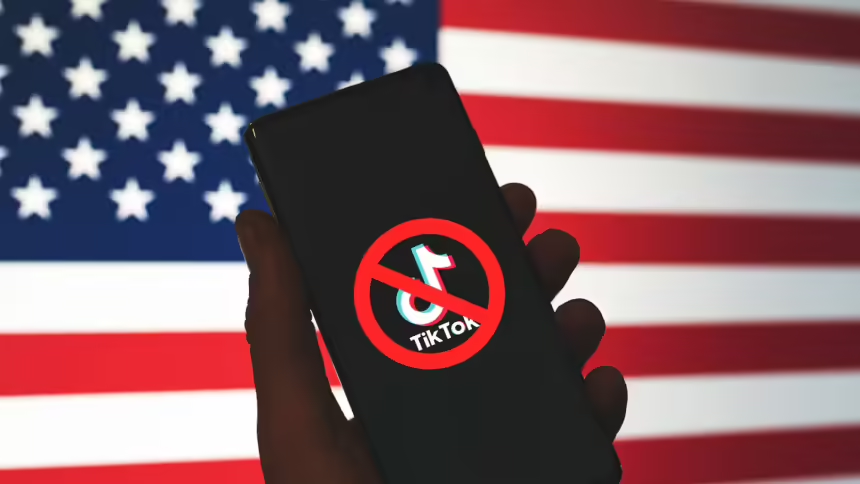In a development that could reshape social media in the United States, President Joseph R. Biden signed a foreign aid bill that includes provisions likely leading to a ban on TikTok. This move comes amid growing concerns about data security and foreign influence associated with the popular social media platform. TF previously reported in the proposed TikTok ban last month.
What’s Happening & Why This Matters
Embedded within the broader foreign aid legislation, specific measures target the operations of companies like TikTok that are based in countries with conflicting interests with the U.S. This strategic inclusion is part of a wider effort to safeguard national security. As a direct consequence of the bill, TikTok might soon face restrictions or a complete ban in the United States. This potential ban could affect millions of users and creators who rely on the platform for communication, entertainment, and income.

The primary concern driving this legislative move is the protection of American data from foreign surveillance and influence. TikTok, owned by the Chinese company ByteDance, has been at the center of debates concerning user data privacy and security. This development could significantly alter the competitive landscape of social media platforms in the U.S., opening opportunities for other apps to capture TikTok’s market share.
“The signing of this bill marks a pivotal moment in the ongoing debate over data security and foreign control of American digital platforms. This could set a precedent for future regulatory actions against other foreign-owned apps”.
Digital Policy ExpertTF Summary: What’s Next
The likely ban on TikTok following the new foreign aid bill could initiate a series of regulatory and competitive shifts in the digital sphere. As policymakers continue to scrutinize the data security practices of foreign-owned platforms, we might see heightened legislative actions aimed at protecting user data. For TikTok and its vast user base, the next steps involve navigating this challenging regulatory landscape, which could redefine digital media consumption and creation in the U.S.


